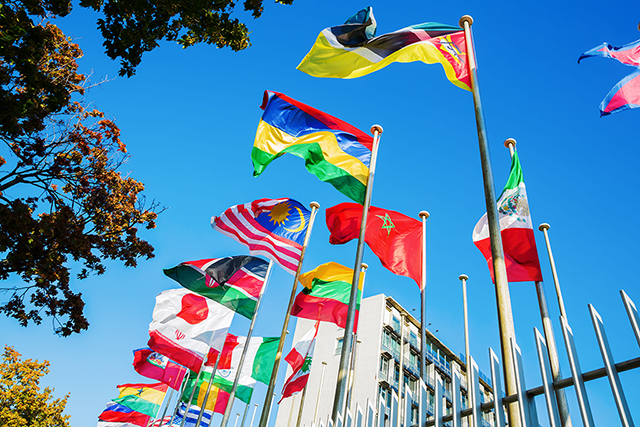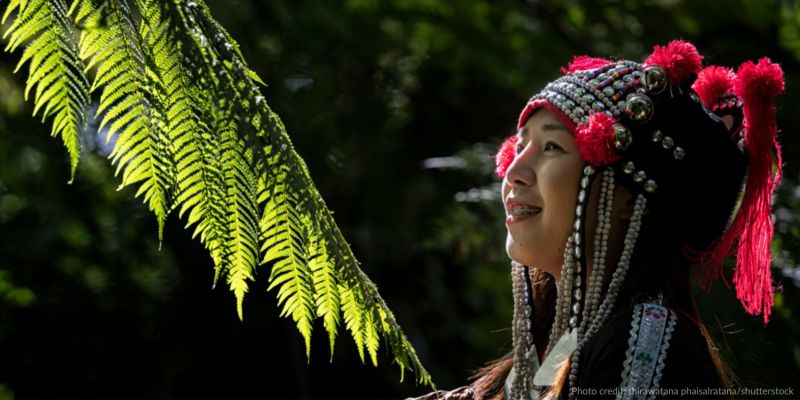Saving historic glass plate negatives following devastating Bagan earthquake
UNESCO and the Department of Archaeology and National Museum, Ministry of Religious Affairs and Culture, Myanmar, will organize an initial meeting for the project ‘Supporting the Post-Disaster Recovery of the Bagan Archaeological Area and Monuments through the Preservation and Digitization of the Bagan Photographic Archive’ on Monday, 14 January 2019. The project has been made possible through generous funding provided by the Republic of Korea through the National Archives of Korea.
Background
The Bagan Archaeological Area and Monuments were severely affected by the 6.8-magnitude earthquake that struck Myanmar in August 2016 with its epicenter near Bagan. The powerful earthquake left more than 400 ancient temples damaged, including some of the most significant monuments such as Sula-mani-gu-hpaya, Tha-mu-ti-hpaya, Thisa-wadi, Kyauk-ku-umin, Tha-kya-bon and Kubyauk-gyi.
A key challenge is to ensure that conservation efforts in the recovery of the Bagan monuments are in accordance with international best practice standards, ensuring the site retains its ‘authenticity’. This is especially crucial in the context of Myanmar authorities’ ongoing efforts to nominate the site as UNESCO World Heritage.
One crucial reference to guide this conservation work is the Department of Archeology and Museum’s photographic archive, which contains more than 5,000 glass plate negatives taken from 1903 to 1941, depicting monuments, reliefs, paintings and statues associated with the Bagan Archaeological Area and Monuments. The collection also includes images of paintings, sculptures and monuments from across Myanmar. This is a rare and priceless collection of national and international importance.
However, the collection is at risk due to the fragile nature of the glass plate negatives and environmental challenges such as humidity and temperature change. In addition, there is no searchable database for researchers, site managers or conservators to access these important materials.
To preserve, digitize and provide access to these collections of glass plate negatives and photographic archives, the project ‘Supporting the Post-Disaster Recovery of the Bagan Archaeological Area and Monuments through the Preservation and Digitization of the Bagan Photographic Archive’ was developed by UNESCO with support from the National Archive of Korea through UNESCO/Republic of Korea Funds-In-Trust (KFIT) cooperation. This three-year project will support initiatives by the Ministry of Religious Affairs and Culture in the preservation and digitization of the Bagan photographic archives, contributing directly to the post-disaster recovery of the Bagan archaeological area and monuments. The project also includes assessment studies and staff capacity building in the Department of Archaeology and other memory institutions in archival management.
To officially commence the project and introduce it to relevant stakeholders as well as the public, UNESCO in cooperation with the Department of Archaeology and National Museum will organize the initial project meeting on 14 January 2019 at Inya Lake Hotel, Yangon.
WHAT: Project launch for UNESCO’s “Supporting the Post-Disaster Recovery of the Bagan Archaeological Area and Monuments through the Preservation and Digitization of the Bagan Photographic Archive”
WHEN: Monday, 14 January 2019
Project Launch Meeting – 9.30-15.00
Press Conference – 10.00-10.20
WHERE: Inya Lake Hotel, 37 Kabar Aye Pagoda Road, Yangon
WHO: The event will bring together 30 experts, policy-makers and representatives from relevant ministries and institutions.
Interested media are welcome to attend the event.
Agenda of the meeting (English, Myanmar)
Media Advisory (In Myanmar)
Main photo credit: ©UNESCO







